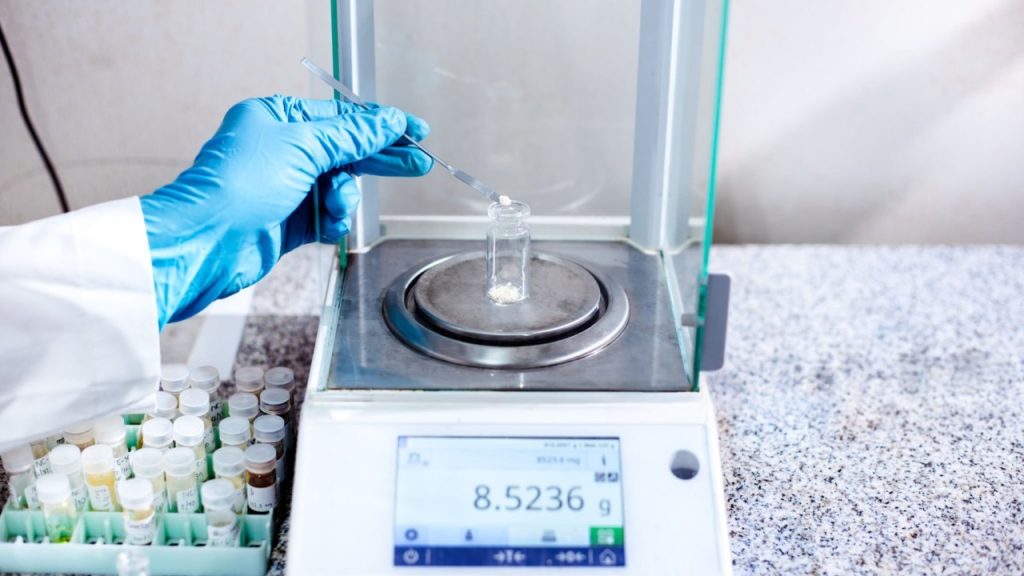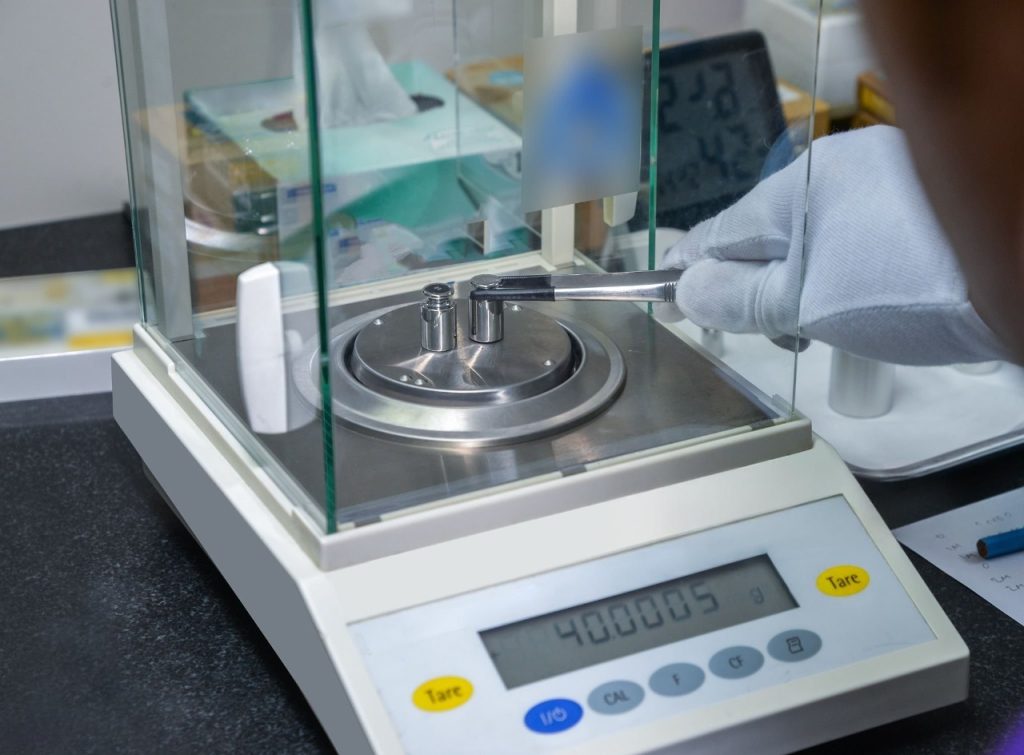When your work demands milligram accuracy, a kitchen or postal scale won’t do. You need a precision scale.
Engineered for extreme accuracy and minimal error, precision scales are essential in jewelry making, chemistry, pharmaceuticals, specialized baking, and lab research.
1. Resolution (Readability)
Resolution—or readability—is the smallest unit the precision scale can show. A 0.01 g model reads to the hundredth of a gram. A 0.001 g (milligram) version is ten times sharper.
For coffee or baking, 0.1 g or 0.01 g works fine. For jewelry (carat) or chemicals, insist on 0.001 g for true precision scale accuracy.
2. Capacity and Range
Capacity is the max safe load. Don’t chase ultra-fine resolution and ignore real-world needs.
Higher resolution often means lower capacity: a milligram precision scale may hold only 50 g, while a 0.01 g model handles 500 g.
Always pick capacity above your heaviest sample—overloading damages the load cell permanently.

3. Repeatability and Linearity
These show stability. Repeatability means the same weight gives the same reading every time. Linearity keeps accuracy from 1 g to max load.
Check specs—top lab precision scales shine with tight repeatability numbers.
4. Calibration Method
Even the best precision scale drifts over time. Calibration fixes it.
External uses a certified weight by hand—cheap but manual. Internal uses built-in motors and auto-adjusts on timer or temperature change—perfect for busy labs.
5. Stabilization Time and Environmental Adaptability
Fast stabilization boosts workflow. Also consider your workspace.
Look for shock resistance, temperature compensation, and draft shields (key for milligram precision scales) to stay accurate in tough conditions.

6. Weighing Units and Modes
A good precision scale goes beyond grams. It should support ounces, carats, pennyweights (jewelry), tola, and more.
Bonus: counting mode for inventory, percentage mode for mixing.
7. Connectivity and Data Processing
Modern labs need data flow. USB, RS-232, or WiFi lets you send weights straight to software or printers—no typing errors.
Additional Considerations & Buying Tips
- Durability: Stainless steel pan beats plastic for cleaning and chemical resistance.
- Display: Backlit, large digits for easy reading.
- Power: AC for labs, battery for field use.
- Support: Strong warranty and real tech help matter—precision scales are complex.
Conclusion
Don’t fixate on one spec. Review resolution, capacity, repeatability, calibration, stabilization, units, and connectivity together. That’s how you pick a precision scale that meets your toughest demands.
Ready to upgrade your setup? Head over to Stuccler and browse our full line of lab-certified precision scales—we’ve got the right model waiting for your next project.




